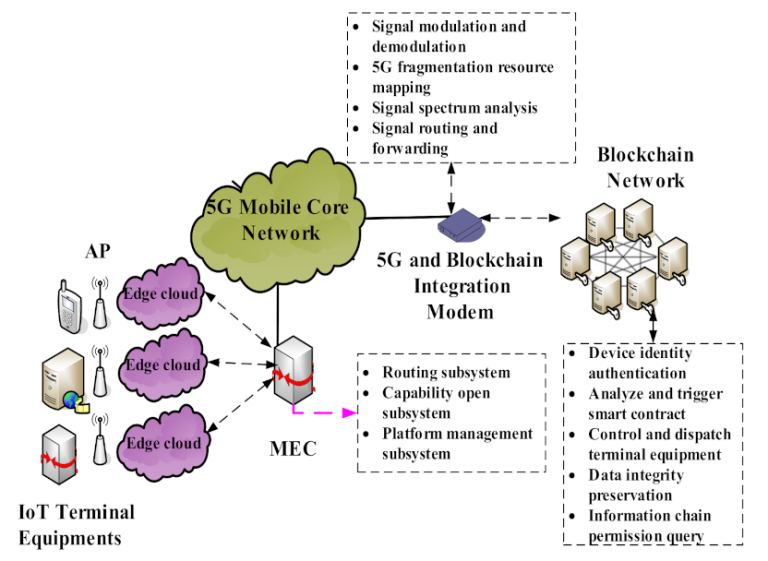Key Components of 5G RAN: Architecture and Functions
telcomatraining.com – The advent of 5G technology has revolutionized wireless communication, promising ultra-fast speeds, low latency, and enhanced connectivity. At the heart of this transformation is the 5G Radio Access Network (RAN), a crucial component that facilitates seamless communication between user devices and the core network. Understanding the key components and architecture of 5G RAN is essential for telecom professionals, businesses, and enthusiasts who seek to harness the full potential of this next-generation technology.
Understanding 5G RAN Architecture
The 5G RAN is a critical part of the network infrastructure that connects mobile users to the core network. Unlike traditional RAN architectures used in previous generations, 5G RAN is more flexible, scalable, and efficient, supporting advanced functionalities such as network slicing and massive multiple-input multiple-output (MIMO) technology.
1. Distributed RAN (D-RAN)
In a traditional Distributed RAN (D-RAN), each cell site consists of a baseband unit (BBU) and a remote radio unit (RRU) located near the antennas. These elements work together to process signals and facilitate communication between devices and the network. However, this architecture has limitations in scalability and efficiency.
2. Centralized RAN (C-RAN)
To overcome the limitations of D-RAN, operators have adopted Centralized RAN (C-RAN), where BBUs are centralized in a single location, separate from the RRUs. This centralization allows for better resource utilization, cost reduction, and improved performance due to enhanced coordination between base stations.
3. Virtualized RAN (vRAN)
Virtualized RAN (vRAN) takes network centralization a step further by virtualizing the baseband processing functions using software-defined solutions. This approach enables dynamic scaling, faster deployment, and cost savings while supporting the increasing demand for network flexibility.
4. Open RAN (O-RAN)
Open RAN is a groundbreaking development in 5G architecture, promoting interoperability between hardware and software components from different vendors. By using open interfaces and standards, O-RAN enhances competition, reduces costs, and accelerates innovation in the telecom industry.
Key Components of 5G RAN
Several essential components make up the 5G RAN, ensuring efficient and high-speed connectivity. These include:
1. Radio Unit (RU)
The Radio Unit (RU) is responsible for transmitting and receiving radio signals between user devices and the network. Located at the cell site, the RU converts digital signals into radio waves and vice versa. It also performs essential functions such as filtering, amplification, and modulation.
2. Distributed Unit (DU)
The Distributed Unit (DU) is a critical component in the 5G RAN, responsible for real-time processing tasks such as radio signal modulation, scheduling, and error correction. It works closely with the Centralized Unit (CU) to optimize network performance and reduce latency.
3. Centralized Unit (CU)
The Centralized Unit (CU) handles non-real-time processing functions such as mobility management, session control, and quality of service (QoS) enforcement. By centralizing these functions, the CU improves network efficiency and supports advanced capabilities such as network slicing.
4. Massive MIMO and Beamforming
Massive MIMO (Multiple Input Multiple Output) technology is a core feature of 5G RAN that enhances spectral efficiency and network capacity. It uses a large array of antennas to improve signal strength and reduce interference. Additionally, beamforming technology directs radio signals precisely to user devices, improving coverage and efficiency.
5. Fronthaul, Midhaul, and Backhaul
The transport network in 5G RAN consists of three key segments:
- Fronthaul: Connects the RU to the DU, ensuring low-latency communication.
- Midhaul: Links the DU to the CU, facilitating efficient data transmission.
- Backhaul: Connects the CU to the core network, enabling seamless communication with the internet and cloud services.
Functions of 5G RAN
The 5G RAN performs several critical functions that enable high-speed, low-latency communication:
1. Network Slicing
Network slicing allows operators to create multiple virtual networks within a single physical infrastructure, optimizing resources for different use cases such as autonomous vehicles, smart cities, and IoT applications.
2. Enhanced Mobile Broadband (eMBB)
One of the primary functions of 5G RAN is to support enhanced mobile broadband (eMBB), delivering ultra-fast data speeds for applications such as 4K video streaming, augmented reality (AR), and virtual reality (VR).
3. Ultra-Reliable Low-Latency Communication (URLLC)
5G RAN enables ultra-reliable low-latency communication (URLLC), which is crucial for mission-critical applications such as remote surgery, industrial automation, and vehicle-to-everything (V2X) communication.
4. Massive Machine-Type Communication (mMTC)
With the proliferation of IoT devices, 5G RAN supports massive machine-type communication (mMTC), allowing seamless connectivity for billions of sensors, wearables, and smart devices.
Conclusion
The 5G RAN is a fundamental component of next-generation wireless networks, offering enhanced performance, flexibility, and efficiency. Its architecture, which includes D-RAN, C-RAN, vRAN, and O-RAN, provides different deployment options tailored to specific needs. Key components such as the RU, DU, CU, and massive MIMO technology ensure seamless communication and optimal network performance. With functionalities like network slicing, eMBB, URLLC, and mMTC, 5G RAN is set to revolutionize industries and transform the way we connect and communicate in the digital era.







